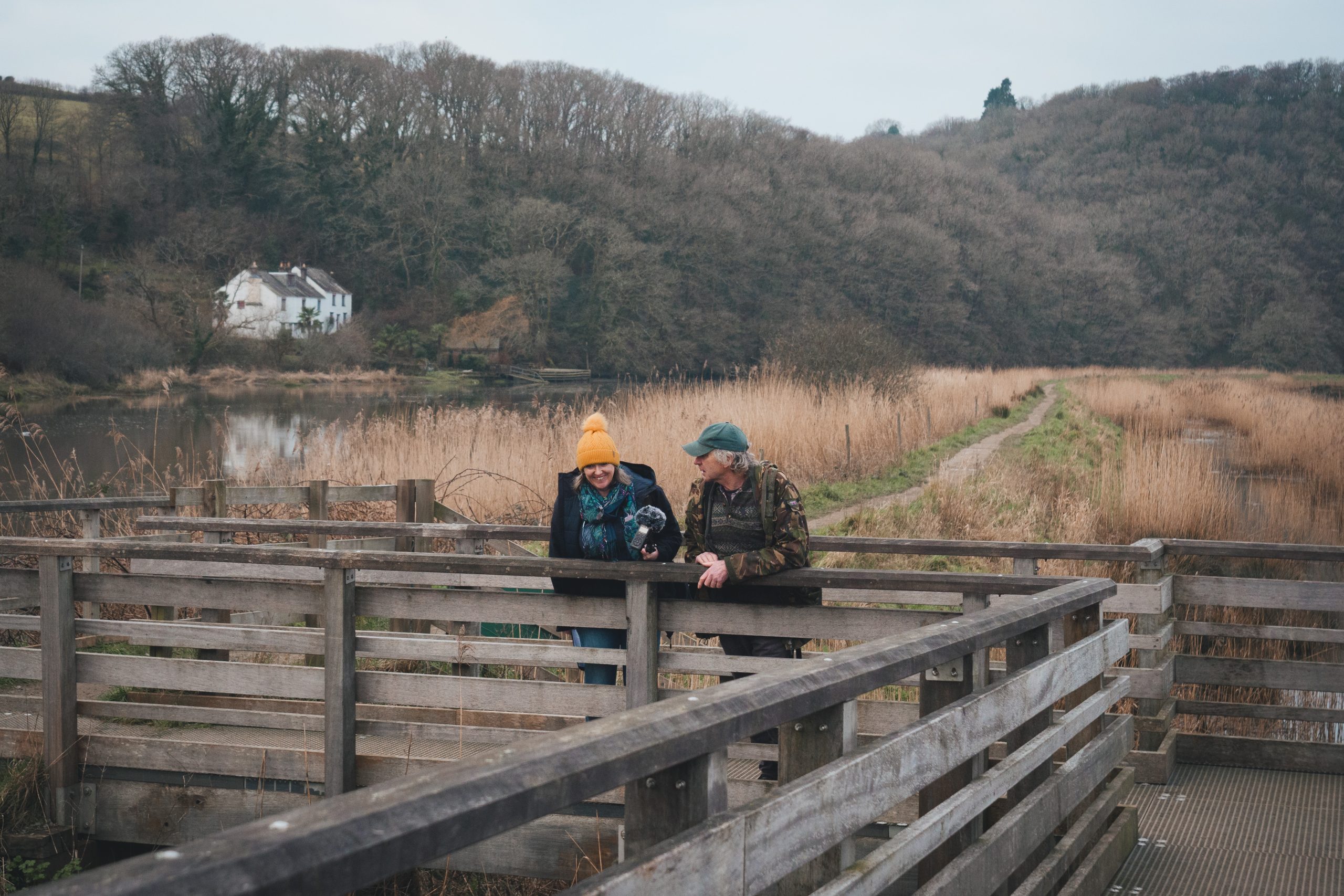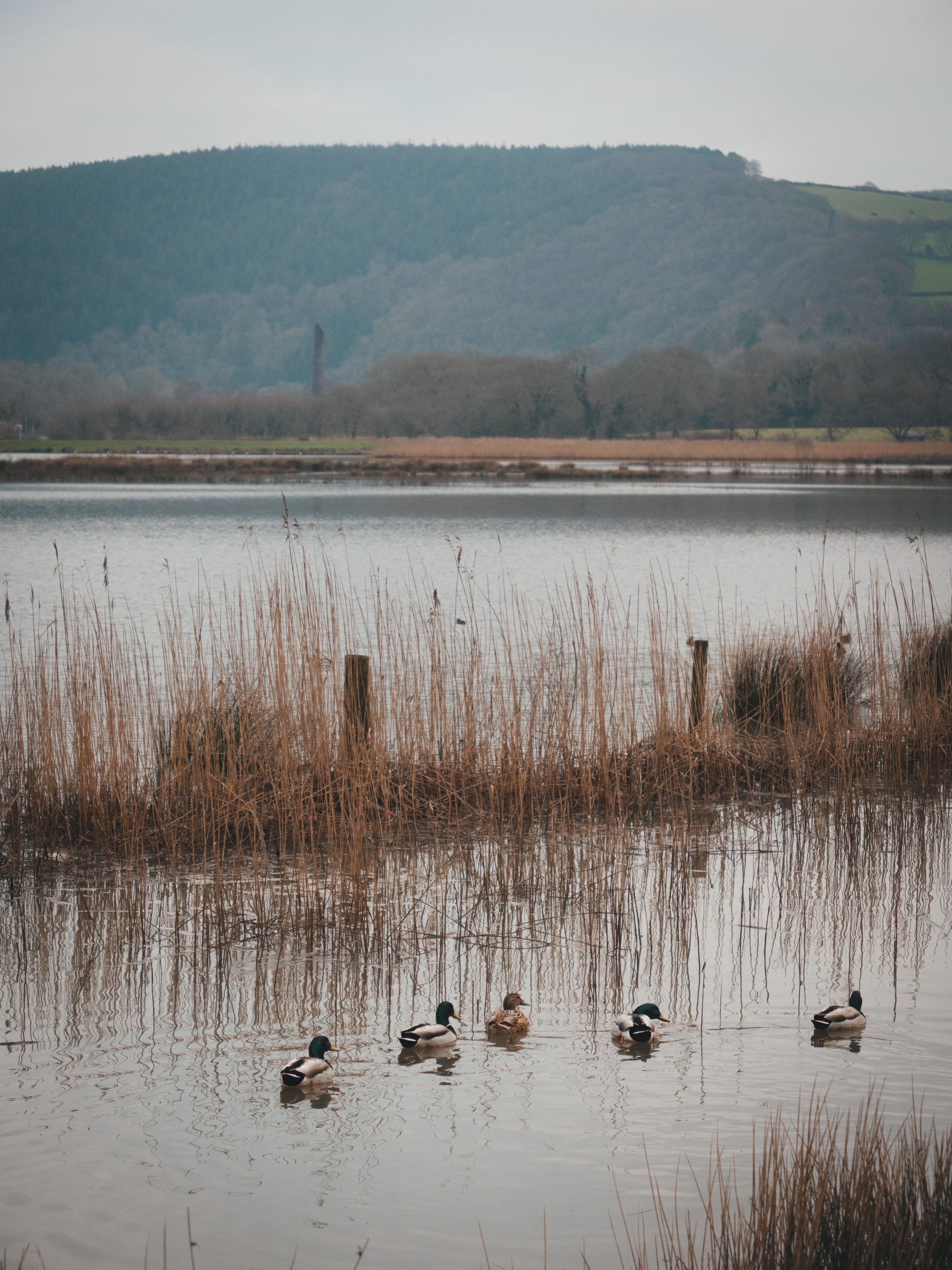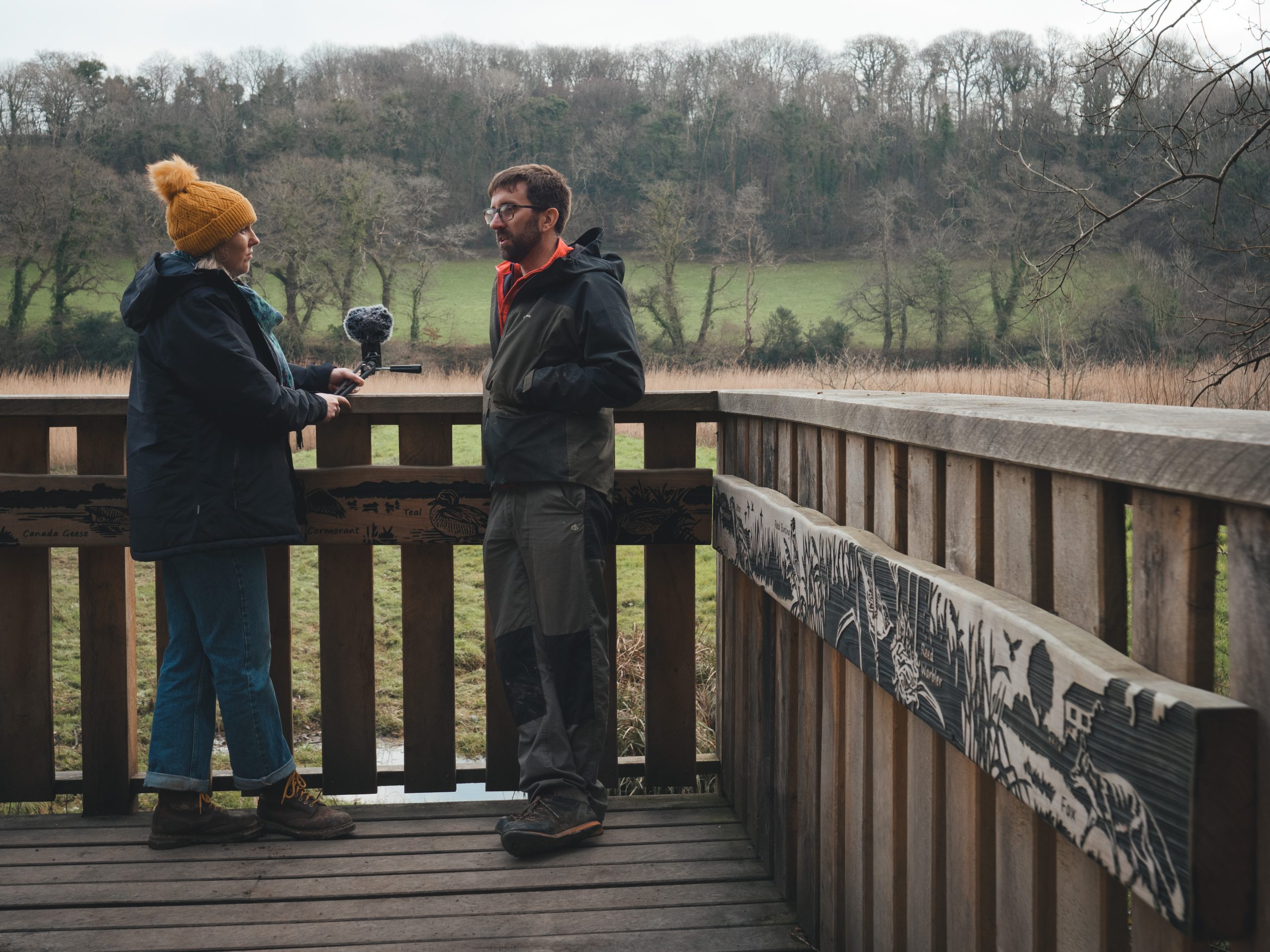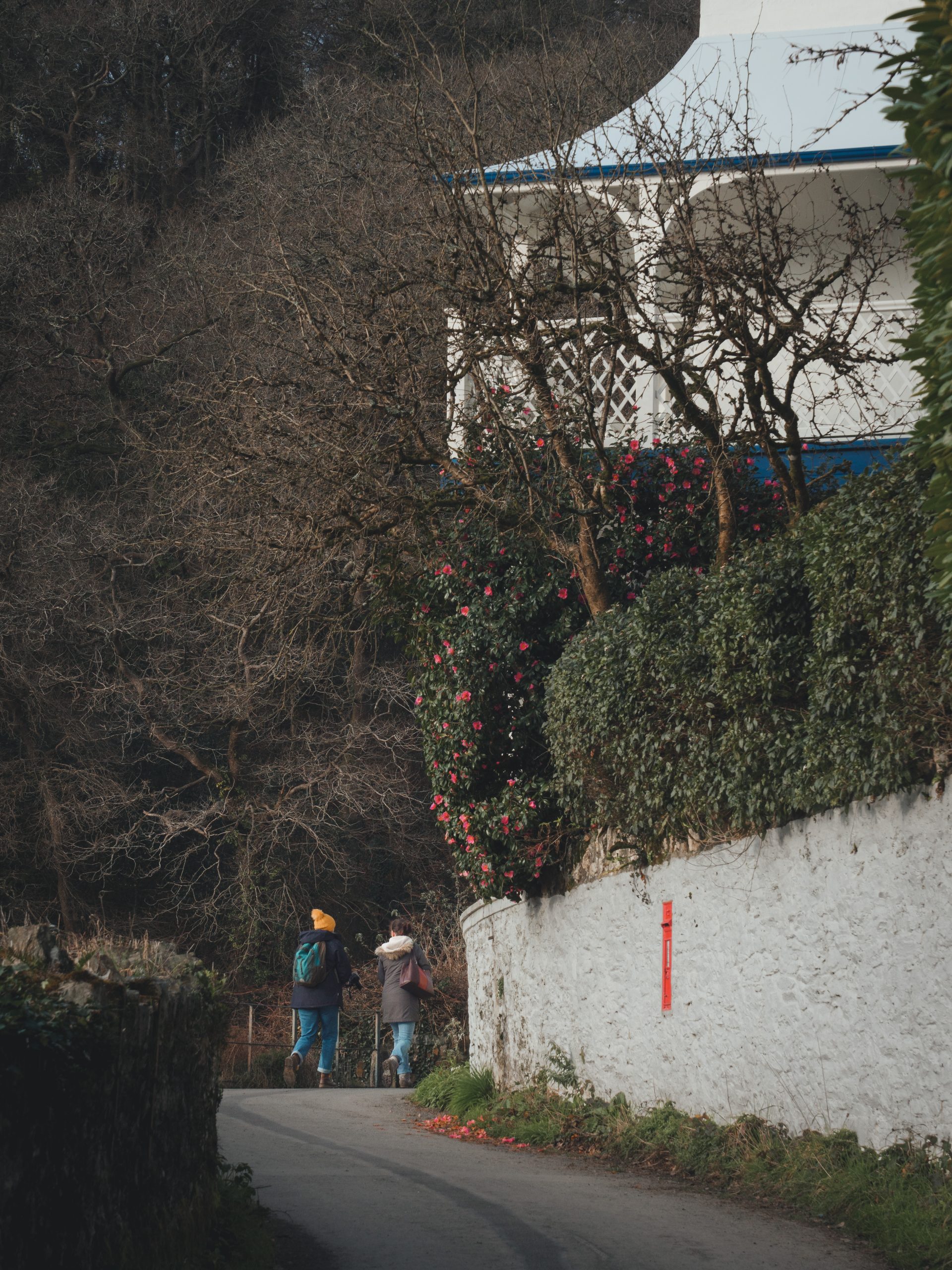Stories and Sounds from Tamar Valley National Landscape target new audiences through monthly podcast
A brand new podcast, ‘Nature Connects’, celebrating the stories and sounds from Tamar Valley National Landscape, launches later this month in a bid to bring the benefits of Nature to a wider audience.

In each episode, Ginnette Sutherland and Charlotte Dancer from the National Landscape team will chat with local organisations and community representatives about topics that connect Nature with the landscape. This month, to coincide with World Wetlands Day in early February, listeners can find out more about Calstock Wetlands with Pete Thompson, and the wetland area at National Trust’s Cotehele from Lead Ranger George Holmes. Discover more about these amazing habitats and the wealth of wildlife they support, together with the vital role they play to benefit our wider environment and climate.

Regular features of the podcast will include taking just a moment to pause, listen and connect to the natural sounds that can be heard in the Valley, based on University of Derby’s Nature Connectedness research. The University has devised five ‘pathways’ to help people form a stronger connection with Nature – senses, beauty, emotion, meaning and compassion. The podcasts will also highlight at least one Tamar Valley Special Species; 17 plants and animals that were identified within Tamar Valley National Landscape’s Nature Recovery Plan 2023-2030 that need a helping hand to thrive.

Ginnette Sutherland, Community Engagement Officer (intern) for Tamar Valley National Landscape, explains more: “Our immersive walk and talk podcasts aim to inform, celebrate and connect individuals and communities to our National Landscape. There are many reasons why people can’t always spend as much time as they would like in Nature. Or, perhaps people have moved away from the area, and miss the sounds that they used to hear regularly. Research has also revealed that we are more disconnected now than ever before from Nature, but we are a part of it, and this podcast is just one way in which we can help to bring Nature and all its benefits closer to a variety of different people.”

Charlotte Dancer, Information & Communications Officer for Tamar Valley National Landscape, says “It’s the perfect time to release our very first podcast, something that we’ve wanted to do for a long time. This year is the 30th anniversary of the Tamar Valley being designated as an Area of Outstanding Natural Beauty. Protected landscapes’ teams work so hard to restore Nature, create habitats and tackle climate change. This is just one way in which we can share our stories with you.”
Listeners can find the first episode of ‘Nature Connects’ on podcast platforms, including Spotify, Apple and Amazon Music, from Friday 31 January. New podcasts will be released at the end of each month throughout 2025. These podcasts have been made possible thanks to National Lottery Heritage Fund supported Tamara Landscape Partnership Scheme, a project of Tamar Valley National Landscape.

